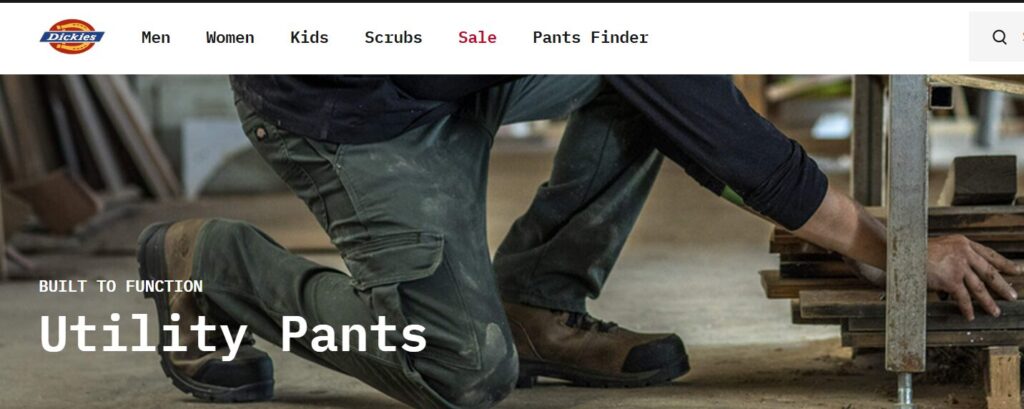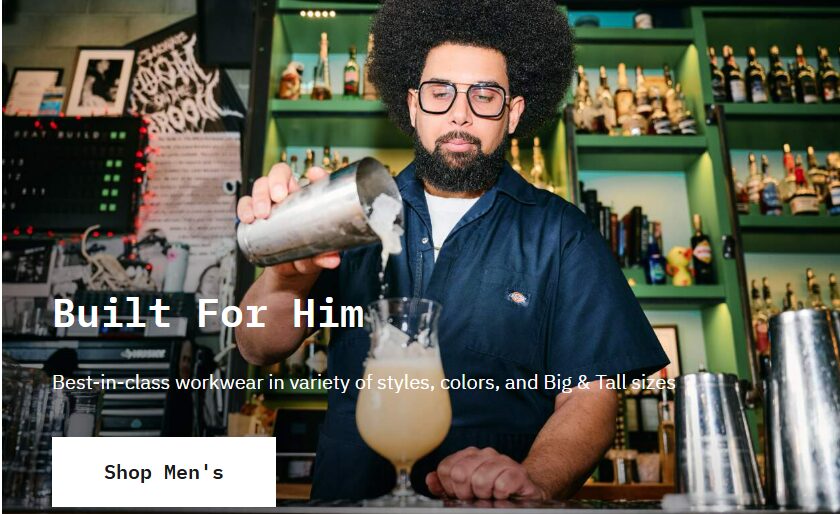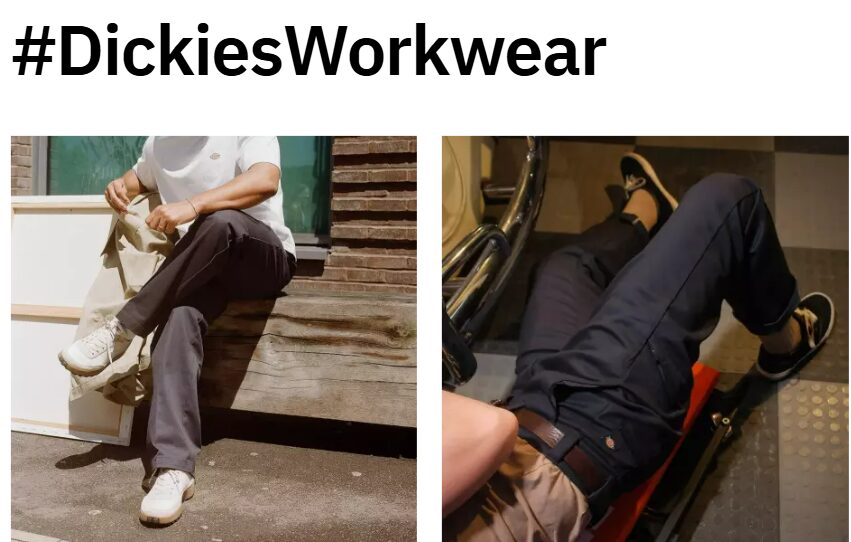Introduction to Dickies and their commitment to sustainability
Dickies has long been synonymous with durability and quality. With roots dating back to 1922, the brand has built a reputation for producing reliable workwear that stands the test of time. But in today’s world, where environmental consciousness is more important than ever, Dickies is stepping up its game. The company is not just focused on crafting hard-wearing apparel; it’s also committed to sustainable practices that benefit our planet.
This commitment goes beyond mere marketing hype. Dickies understands that fashion should not come at the expense of our environment. By prioritizing sustainability in their production processes and materials, they are making strides toward a greener future while still delivering the high-quality garments their customers expect.
Join us as we explore how Dickies integrates sustainability into every stitch of their clothing line—because looking good shouldn’t mean compromising our values or the health of our Earth.
Dickies has long been a household name in the world of workwear, synonymous with durability and quality. But did you know that this iconic brand is also making significant strides towards sustainability? With a growing commitment to environmental responsibility, Dickies is not just focused on crafting reliable apparel; they are actively working to reduce their impact on our planet. From eco-friendly materials to ethical manufacturing practices, Dickies is redefining what it means to be both functional and sustainable. Join us as we dive into their innovative practices and explore how they’re weaving sustainability into every stitch.
Sustainable materials used in Dickies apparel
Dickies has embraced sustainability by incorporating eco-friendly materials into their apparel. A key focus is on organic cotton, which reduces the use of harmful pesticides and promotes healthier agricultural practices.
Recycled polyester is another staple in their collections. This material diverts plastic waste from landfills and minimizes energy consumption during production. By using recycled fibers, Dickies not only creates durable clothing but also helps reduce environmental impact.
Additionally, hemp is making a comeback in their designs. Known for its low water usage and natural resistance to pests, hemp offers a sustainable alternative with long-lasting benefits.
With these innovative materials, Dickies demonstrates that style doesn’t have to compromise environmental health. Their commitment to sourcing responsibly showcases a powerful shift towards mindful fashion choices that resonate with today’s consumers.

The impact of sustainable practices on the environment
Sustainable practices in fashion have a profound impact on the environment. When brands like Dickies prioritize eco-friendly materials, they reduce waste and lower carbon emissions. This choice helps to conserve natural resources and protect ecosystems.
Using organic cotton or recycled polyester minimizes reliance on harmful pesticides and synthetic fibers. These materials often require less water during production, which is critical in areas facing droughts.
Additionally, sustainable manufacturing processes cut down pollution levels. By minimizing chemical runoff into waterways, brands contribute to healthier aquatic life and biodiversity.
Sustainability also encourages responsible consumer behavior. As more people become aware of their choices, they are inclined to support companies that align with environmental values.
With every sustainable garment produced, there’s a ripple effect across the industry. The shift towards greener practices inspires competitors to follow suit, creating a larger movement for change within fashion as a whole.
Collaborations with environmental organizations
Dickies has taken strides beyond just manufacturing quality apparel. They actively seek partnerships with environmental organizations to amplify their sustainability efforts.
These collaborations often focus on innovative projects aimed at reducing waste and promoting eco-friendly practices. Working alongside these groups allows Dickies to stay informed about the latest sustainable technologies and trends.
For instance, by teaming up with conservation-focused nonprofits, they contribute resources toward habitat restoration initiatives. This not only enhances their brand image but also makes a tangible impact on local ecosystems.
Engaging with communities through educational programs is another key aspect of these partnerships. It fosters awareness about the importance of sustainable fashion while encouraging consumers to make more environmentally-conscious choices in their everyday lives.
Consumer awareness and support for sustainable brands
The rise of sustainability in fashion has sparked a significant shift in consumer behavior. More people are becoming conscious of the impact their purchases have on the planet.
Today’s shoppers are not just looking for style; they want to align with brands that reflect their values. This increased awareness drives demand for transparency and ethical practices within the industry.
Social media plays a vital role in this movement, enabling consumers to share experiences and hold brands accountable. Conversations about sustainable practices are happening everywhere, from local coffee shops to online forums.
Brands like Dickies benefit from this growing interest as customers actively seek out products made from eco-friendly materials. When shoppers support these companies, it sends a clear message: sustainability matters.
By choosing wisely, consumers can influence market trends and encourage more brands to adopt sustainable methods. Every purchase is an opportunity for change.

Conclusion: The future of sustainability in the fashion industry
The fashion industry is at a pivotal moment. Brands like Dickies are leading the charge toward more sustainable practices, setting an example for others to follow. As consumers become increasingly aware of their environmental impact, they are seeking out brands that align with their values.
Sustainability in apparel isn’t just a trend; it’s becoming a necessity. The shift towards eco-friendly materials and ethical production methods shows promise for reducing waste and minimizing carbon footprints. With each step taken by companies committed to sustainability, we inch closer to real change within the industry.
Collaborations with environmental organizations highlight the importance of collective action. By working together, businesses can amplify their efforts and drive home the message of conservation and responsibility in fashion.
As consumer support grows stronger for sustainable brands, it pushes all players in the market to adopt greener practices. This wave of awareness could very well reshape how clothing is produced and consumed across the globe.
Looking ahead, it’s clear that sustainability will remain at the forefront of conversations surrounding fashion. Brands must continue innovating while staying true to principles that honor both people and planet. The journey toward responsible consumption has begun—let’s keep moving forward together.


